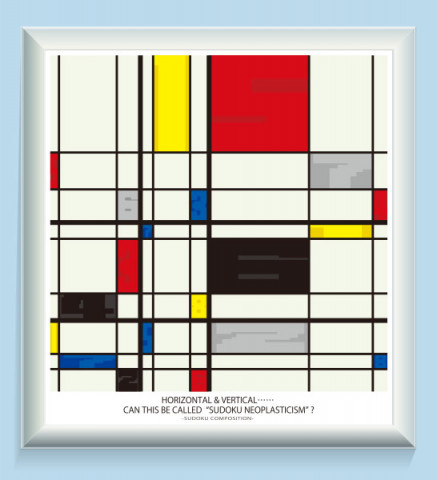Thanks for pointing that out; I wasn't aware. The Dodgers have 2,861 plate appearances this year with the bases empty, 2,209 with men on base, and 181 home runs. Given that data, one would expect them to have hit 79 homers with men on base. In fact they have hit only 58.
A discrepancy of that scale is not likely to occur at random, although of course it is possible. I simulated the data 100 times, trying to see what the variation was in the home runs with runners on base. In 100 tests, there was NO case in which the team with the Dodgers' overall home run rate hit as few as 58 home runs in 2,209 plate appearances. The lowest number was 62, although the number 64 also occured three times. The Standard Deviation was 8.3, so the Dodgers are two and a half standard deviations below expectation.
I note also that the Dodger hitters are striking out significantly less with men on base than you expect. They have 468 strikeouts with men on base, 668 with the bases empty, while you would expect their split to be 642-494.
This suggests the possibility that some Dodger hitters may be shortening their stroke with men on base, concentrating on not striking out with men on base. It could be that someone in the organization has spread that theory, or that some players have picked up that idea on their own.
.....
A few more facts of the case:
1. With men in scoring position, the Dodgers have a .346 OBP but a .397 SLG; with no RISP it's .327 vs .430.
2. The Dodgers have the #2 offense in the NL, in terms of runs per game ...
3. With the #9 AVG, the #4 OBP, and the #2 SLG.
4. Their ERA is 114 and their record almost exactly equal to the M's.
So what do you think? Is this a good way to play, to swing away until there are men on, and then to try to shorten up to move them around?
BABVA
Dr D

Add comment